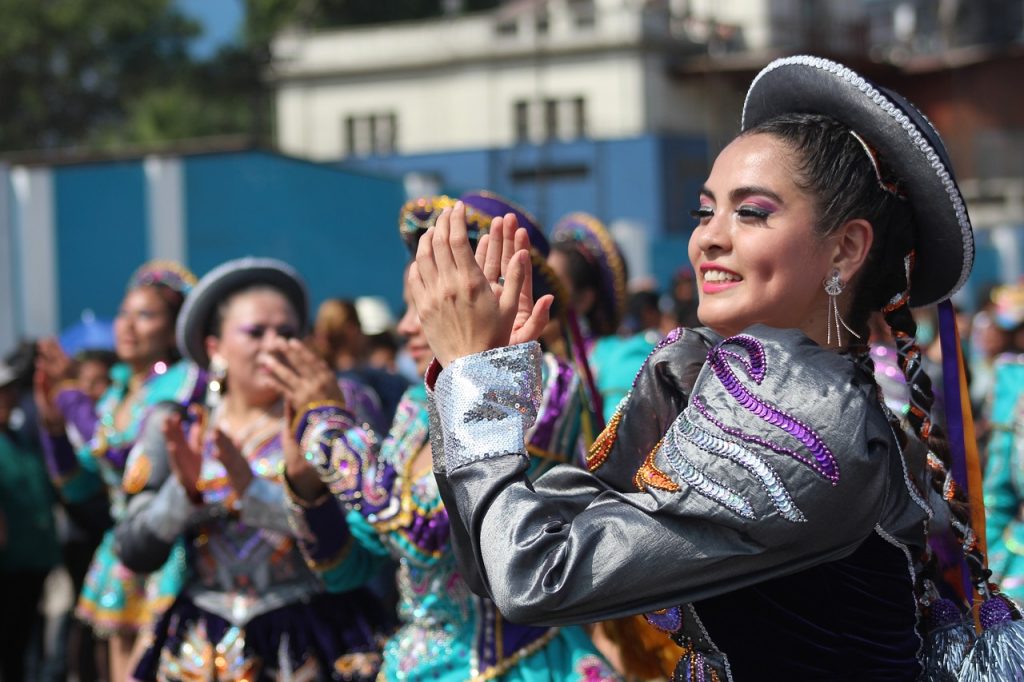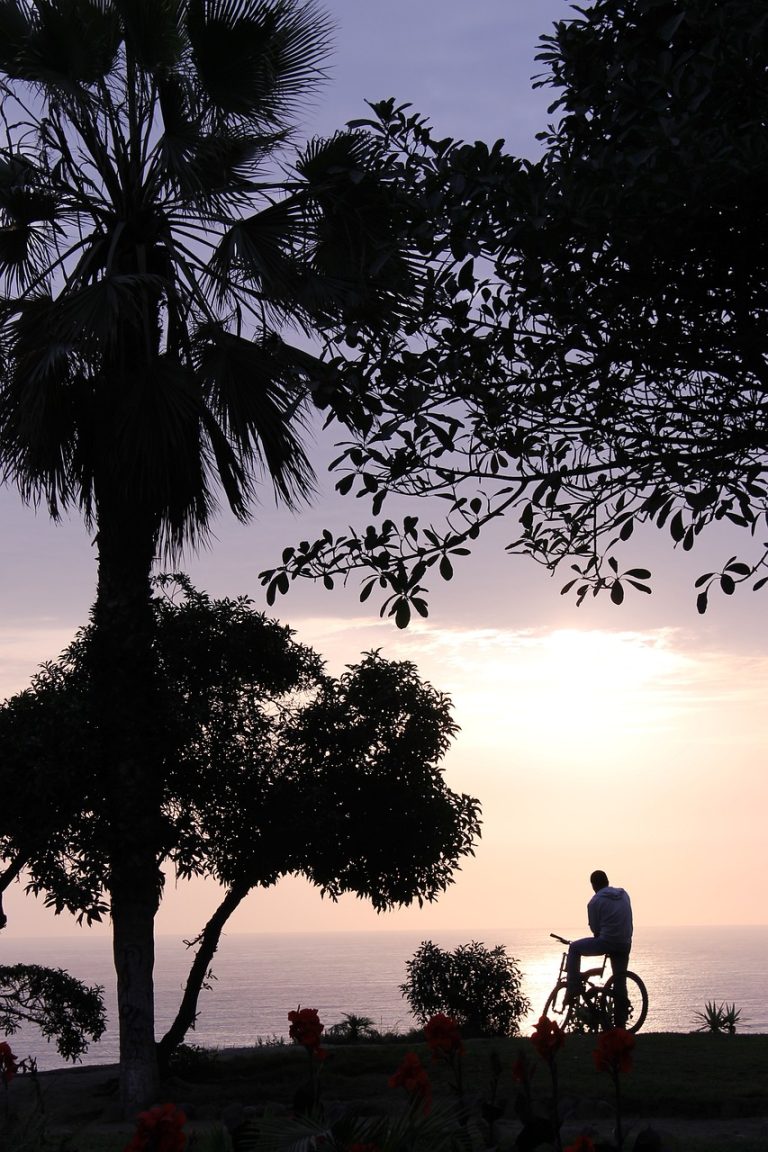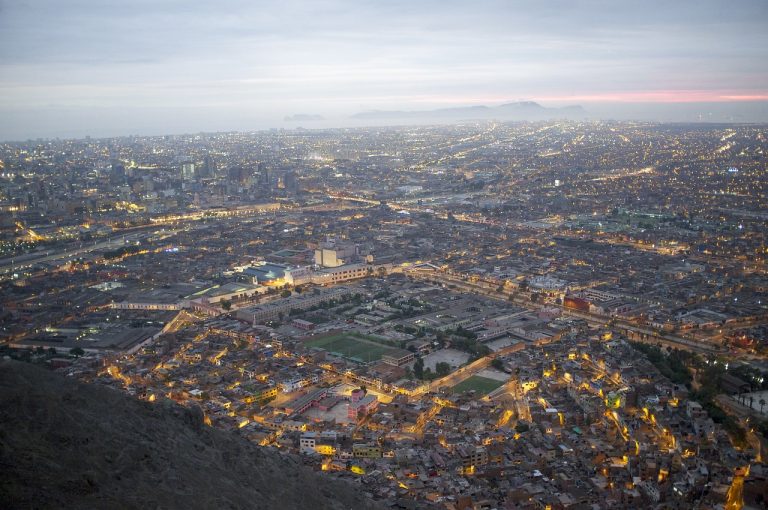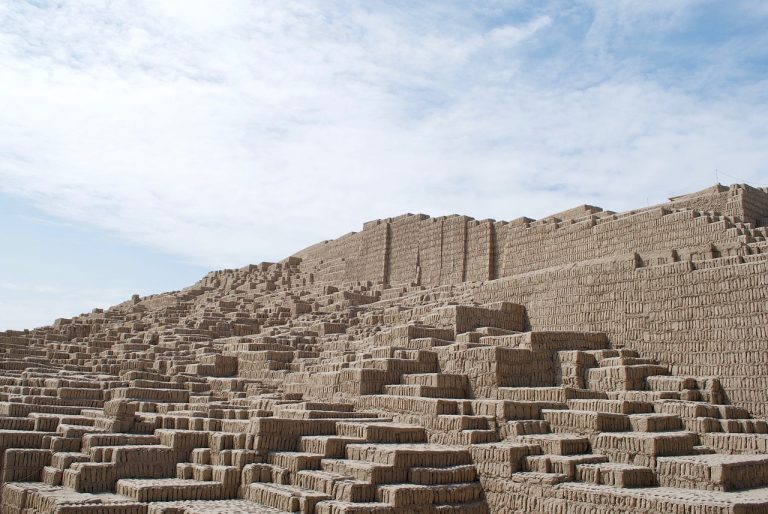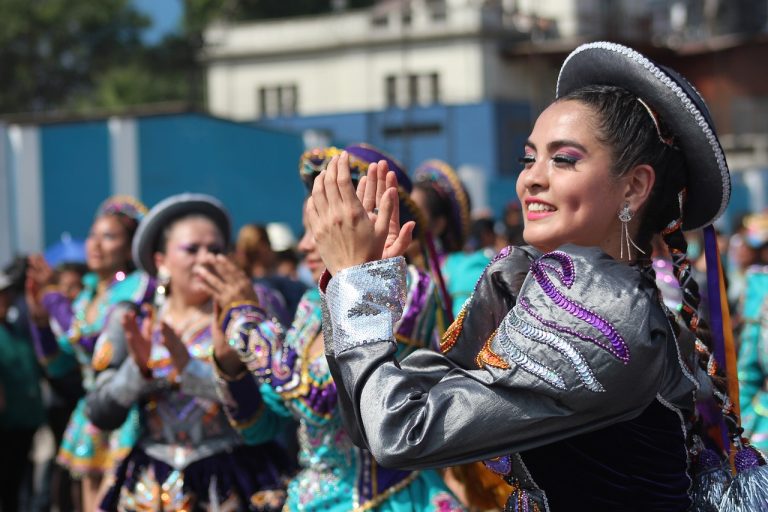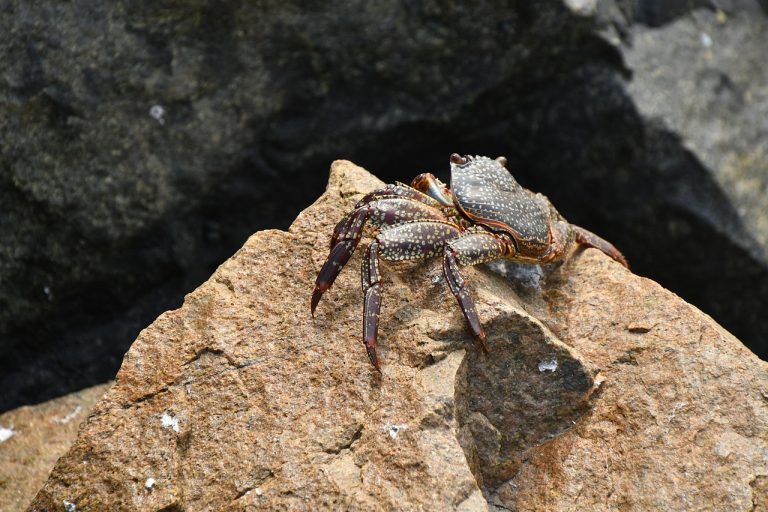Lima Peru Video
Historical Landmarks of Lima Peru: A Deep Dive
Lima, the capital city of Peru, is a treasure trove of historical landmarks that reflect the rich cultural heritage and architectural marvels of the region. From ancient ruins to colonial-era buildings, Lima offers a fascinating journey through time. In this article, we will explore ten significant historical landmarks in Lima, Peru.
Plaza Mayor
Plaza Mayor, also known as Plaza de Armas, is the heart of Lima’s historic center and a UNESCO World Heritage Site. This iconic square dates back to the foundation of the city in 1535 and has witnessed numerous historical events. The plaza is surrounded by magnificent colonial buildings, including the Government Palace, the Cathedral of Lima, and the Archbishop’s Palace.
- Government Palace: The official residence of the President of Peru and a symbol of political power in the country.
- Cathedral of Lima: A stunning example of Spanish colonial architecture.
- Archbishop’s Palace: The official residence of the Archbishop of Lima.
The Government Palace, also known as the House of Pizarro, is located on the eastern side of Plaza Mayor. It was built by Francisco Pizarro, the Spanish conquistador who founded Lima. The palace has undergone several renovations and expansions over the centuries, but it still retains its colonial charm. Visitors can admire the changing of the guard ceremony that takes place daily.
The Cathedral of Lima, situated on the northern side of Plaza Mayor, is the most important church in Lima. Construction of the cathedral began in 1535 and continued over several centuries. The exterior features a mix of architectural styles, including Gothic, Baroque, and Neoclassical. Inside, visitors can explore the beautiful chapels, crypts, and the choir area.
The Archbishop’s Palace, located on the western side of Plaza Mayor, is a grand colonial building that houses the administrative offices of the Archdiocese of Lima. It is known for its ornate balconies and beautiful courtyard. The palace also features a museum that displays religious artifacts and artwork.
Lima Peru Image 1: 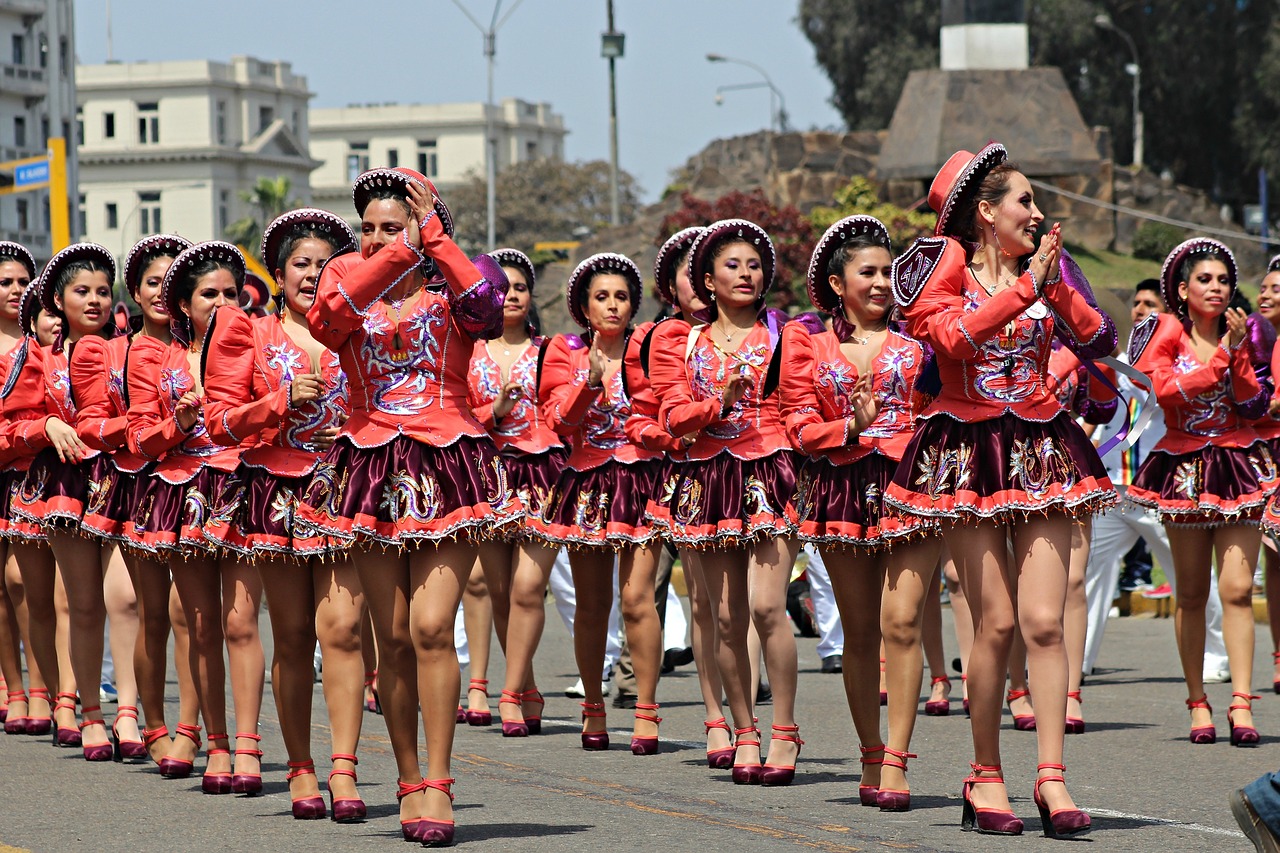
San Francisco Monastery and Catacombs
The San Francisco Monastery and Catacombs is one of the most significant religious complexes in Lima. It was built in the 17th century and is renowned for its stunning architecture and extensive underground catacombs.
- Monastery: A magnificent example of Spanish Baroque architecture.
- Catacombs: A network of underground tunnels and burial chambers.
The San Francisco Monastery features intricate facades, beautiful courtyards, and stunning interiors adorned with religious artwork. The highlight of the monastery is the library, which houses thousands of ancient books and manuscripts.
Beneath the monastery lies a labyrinth of catacombs that served as a burial site during the colonial period. It is estimated that over 25,000 people were buried here. Visitors can explore the eerie catacombs and learn about the burial practices of the time.
Lima Peru Image 2: 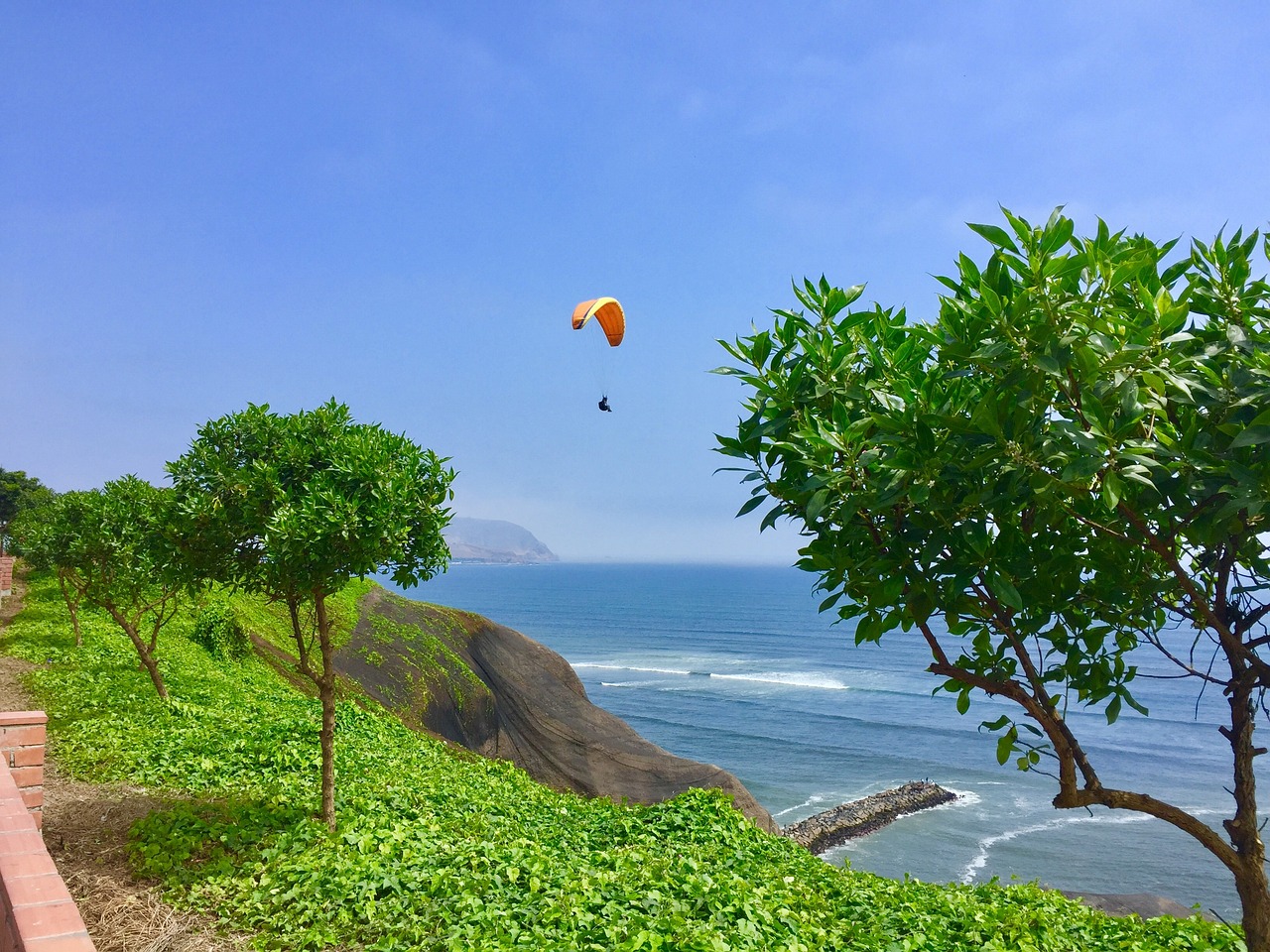
Pachacamac
Pachacamac is an archaeological site located just outside of Lima. It was a sacred city of the pre-Columbian Lima culture and later occupied by the Inca civilization. The site is renowned for its impressive adobe pyramids and temples.
- Pyramids: Majestic structures built with adobe bricks.
- Museum: Exhibits showcasing artifacts discovered at the site.
Pachacamac is home to several pyramids, including the Temple of the Sun and the Temple of the Moon. These pyramids were religious centers where rituals and ceremonies took place. The Temple of the Sun is the largest structure and offers panoramic views of the surrounding landscape.
Visitors can explore the Pachacamac Museum, which houses a collection of artifacts found during archaeological excavations. The museum provides insights into the history and culture of the ancient civilizations that thrived in the region.
Lima Peru Image 3: 
Huaca Pucllana
Huaca Pucllana is an ancient adobe pyramid located in the Miraflores district of Lima. It was built by the Lima culture, a pre-Inca civilization, around 500 AD. The site offers a glimpse into the pre-Columbian history of Lima.
- Pyramid: An impressive archaeological structure.
- Museum: Displays showcasing artifacts found at the site.
Huaca Pucllana is composed of seven platforms made of adobe bricks. The pyramid served as a ceremonial and administrative center for the Lima culture. Visitors can explore the ruins and learn about the rituals and traditions of the ancient civilization.
The on-site museum exhibits a variety of artifacts, including pottery, textiles, and tools. These artifacts provide valuable insights into the daily life and cultural practices of the Lima culture.
Church and Convent of Santo Domingo
The Church and Convent of Santo Domingo is a historic complex located in the historic center of Lima. It was founded in 1535 and has undergone several renovations and expansions over the centuries.
- Church: A beautiful example of Baroque architecture.
- Convent: A peaceful retreat with beautiful courtyards.
The church boasts a stunning Baroque facade and intricate altars adorned with gold leaf. Its interior features exquisite religious artwork and a majestic organ.
The convent is known for its tranquil atmosphere and picturesque courtyards. Visitors can explore the cloisters, chapels, and the library, which houses a collection of ancient books and manuscripts.
Museum of the Nation
The Museum of the Nation, also known as the National Museum of Archaeology, Anthropology, and History of Peru, is a must-visit for history enthusiasts. It showcases the diverse cultural heritage of Peru through its extensive collection of artifacts.
- Exhibits: Displays covering various periods of Peruvian history.
- Special Events: Cultural activities and temporary exhibitions.
The museum features exhibits that span from prehistoric times to the present day. Visitors can explore artifacts from ancient civilizations, colonial-era artworks, and contemporary pieces. The exhibits provide a comprehensive overview of Peru’s rich cultural history.
The Museum of the Nation hosts special events, such as lectures, workshops, and temporary exhibitions. These events offer visitors the opportunity to engage with Peruvian culture and gain deeper insights into specific aspects of the country’s history.
Church of San Agustin
The Church of San Agustin is a historic church located in the heart of Lima’s historic center. It dates back to the 16th century and is known for its beautiful Baroque facade and ornate interiors.
- Facade: A stunning example of Baroque architecture.
- Interior: Exquisite religious artwork and decorations.
The church’s facade features intricate carvings and ornamental details. It is considered one of the finest examples of Baroque architecture in Lima.
Inside the church, visitors can admire the beautifully decorated altars, religious paintings, and sculptures. The intricate woodwork and gilded details create a mesmerizing atmosphere.
Presbitero Maestro Cemetery
The Presbitero Maestro Cemetery is one of the oldest cemeteries in Lima and a fascinating historical site. It was established in 1808 and is the final resting place of many notable figures.
- Architecture: Diverse architectural styles and elaborate mausoleums.
- Historical Significance: Burial site of prominent figures.
The cemetery features a mix of architectural styles, including neoclassical, art nouveau, and art deco. The mausoleums are intricately designed, reflecting the wealth and status of the individuals buried here.
Presbitero Maestro Cemetery is the resting place of politicians, writers, artists, and other influential figures from Peru’s history. Walking through the cemetery offers a glimpse into the country’s past and the lives of those who shaped it.
Church of San Pedro
The Church of San Pedro is a historic church located in the Rimac district of Lima. It was built in the 17th century and is known for its unique blend of architectural styles.
- Architecture: Mixture of colonial and indigenous influences.
- Artwork: Religious paintings and sculptures.
The church’s facade combines elements of Spanish colonial architecture with indigenous motifs. It showcases the cultural fusion that occurred during the colonial period.
Inside the church, visitors can admire the religious paintings and sculptures that adorn the altars and walls. The artwork reflects the religious devotion and artistic talent of the time.
Conclusion
Lima, Peru’s capital city, is a treasure trove of historical landmarks that offer a glimpse into the country’s rich cultural heritage. From the grandeur of Plaza Mayor to the ancient ruins of Pachacamac, each landmark tells a story of Peru’s past. Whether you are a history enthusiast or simply appreciate architectural marvels, exploring these historical landmarks in Lima is a must.
References
- peru.travel
- unesco.org
- sanfrancisco.org.pe
- pachacamacperu.org
- huacapucllanamiraflores.pe
- iglesiasanagustinlima.org
- museodelanacion.pe
- presbiteromaestro.com
- visitperu.com

